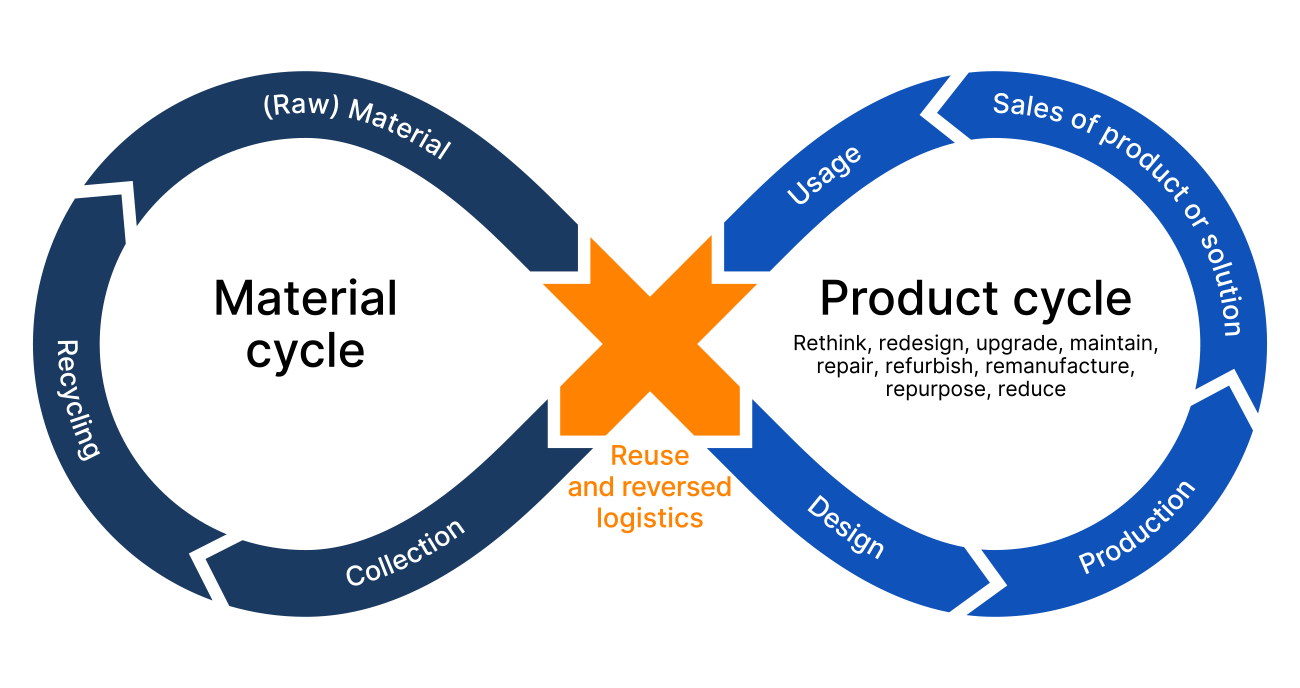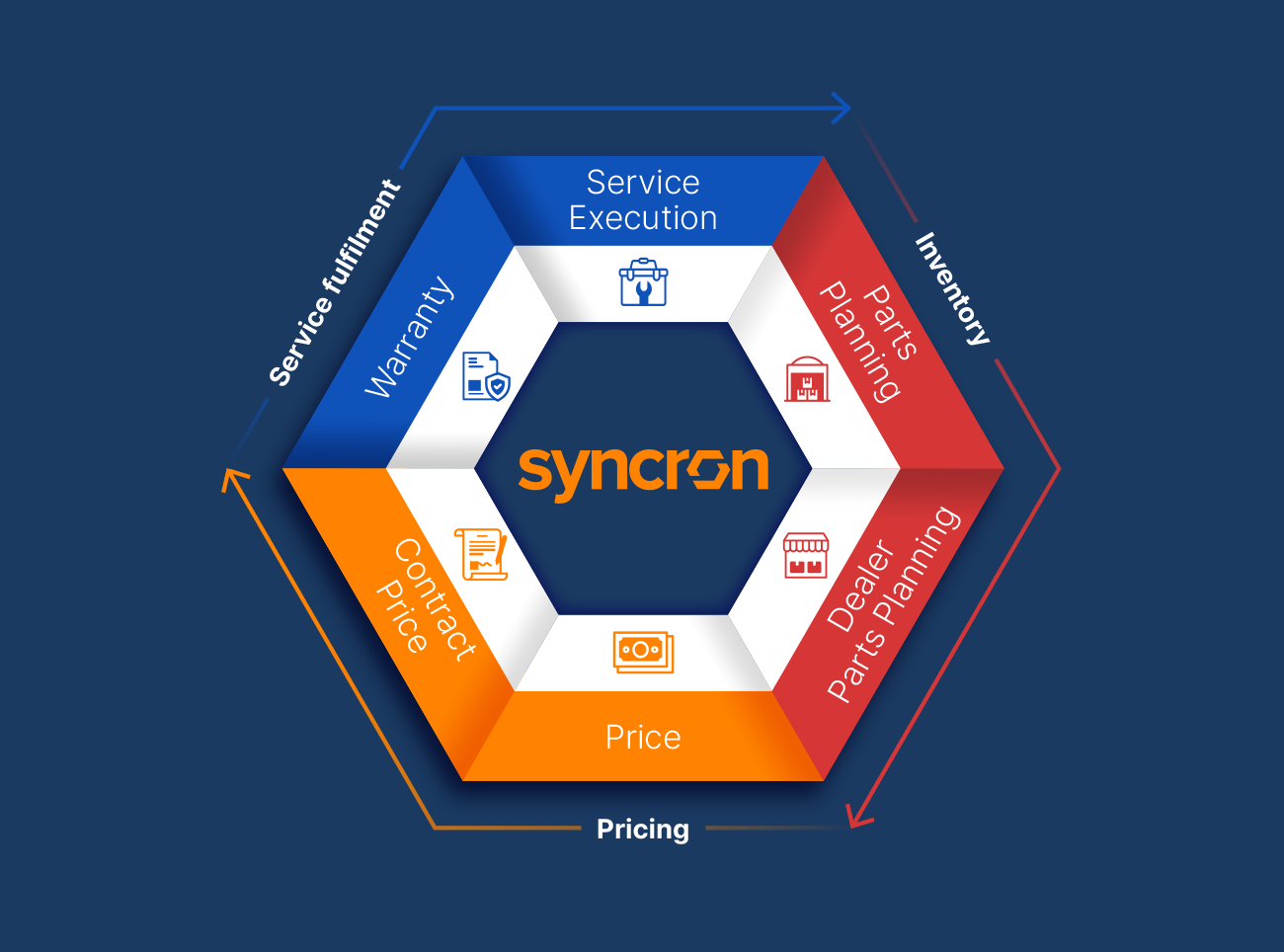L’économie circulaire
La circularité dans l‘industrie
Les industriels jouent un rôle crucial dans les changements sociétaux profonds visant à remplacer le modèle linéaire traditionnel « Extraire, fabriquer, jeter » par un circuit en boucle fermée dans lequel les ressources sont réparées, réutilisées et recyclées.
- Définition de l‘économie circulaire.
- Circularité dans l’industrie.
- Allongement de la durée de vie des produits et réseaux de chaînes logistiques inverses.


